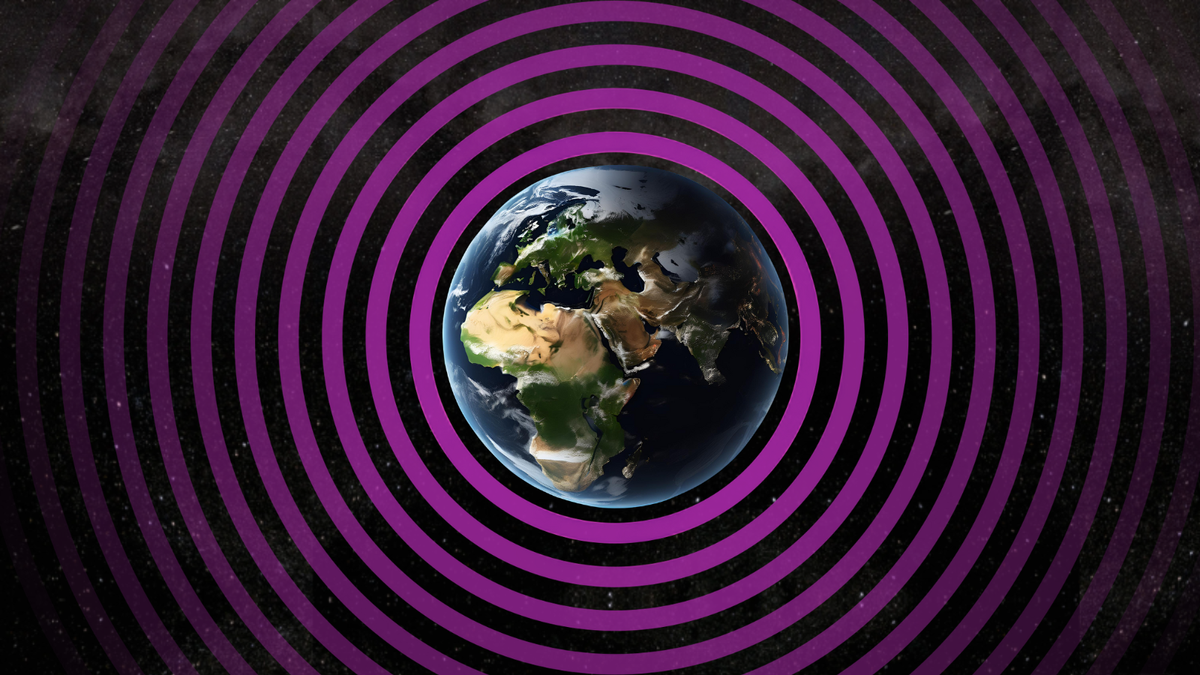Now Reading: Airport Radars May Signal Earth’s Presence to Intelligent Aliens, Scientists Warn
-
01
Airport Radars May Signal Earth’s Presence to Intelligent Aliens, Scientists Warn
Airport Radars May Signal Earth’s Presence to Intelligent Aliens, Scientists Warn

Quick Summary
- Research indicates radar signals from airports and military installations on Earth could be detectable by alien civilizations up to 200 light-years away.
- These “hidden electromagnetic leakage” signals might act as indicators of intelligent life, similar to radio telescopes used by humans to detect extraterrestrial signals.
- Major global airports like O’Hare (Chicago), JFK (New York), and Heathrow (London) send out radio signals that could potentially reveal Earth’s presence in space.
- Military radar systems emit more focused beams that are stronger than civilian radar and may appear distinctly artificial from interstellar distances.
- The study assessed the detectability of Earth’s radar emissions from nearby stars,such as Barnard’s Star (~6 light-years away) and AU Microscopii (~31.7 light-years away).
- Proxima Centauri b, the closest habitable exoplanet (~4 light-years away), hypothetically could detect these leaked signals if equipped with comparable technology.
- as a side benefit, the research aids in optimizing terrestrial radar designs for communications, planetary defence, space studies, and reducing human impact on outer space environments.
Indian Opinion Analysis
The implications of this research are thought-provoking. By highlighting how our technological footprint extends into deep space as unintended “signals,” India must consider its growing contributions to global aviation networks alongside future advances in aerospace technologies. Radar emissions may symbolically place humanity’s imprint onto an exciting cosmic frontier but also raise questions around managing such broadcasts responsibly-especially in terms of potential vulnerabilities or oversight in this era of escalating exploration beyond Earth.
For India-a rising power in space science through programs like ISRO’s Chandrayaan missions-the development of quieter or purpose-driven communication systems could enhance both planetary defense mechanisms and international collaborations aimed at mitigating unwanted emission leaks. Moreover, focusing on securing terrestrial atmospheric zones while innovating lasting technologies is vital for broader scientific diplomacy regarding extraterrestrial intelligence.
Read More: Link
























